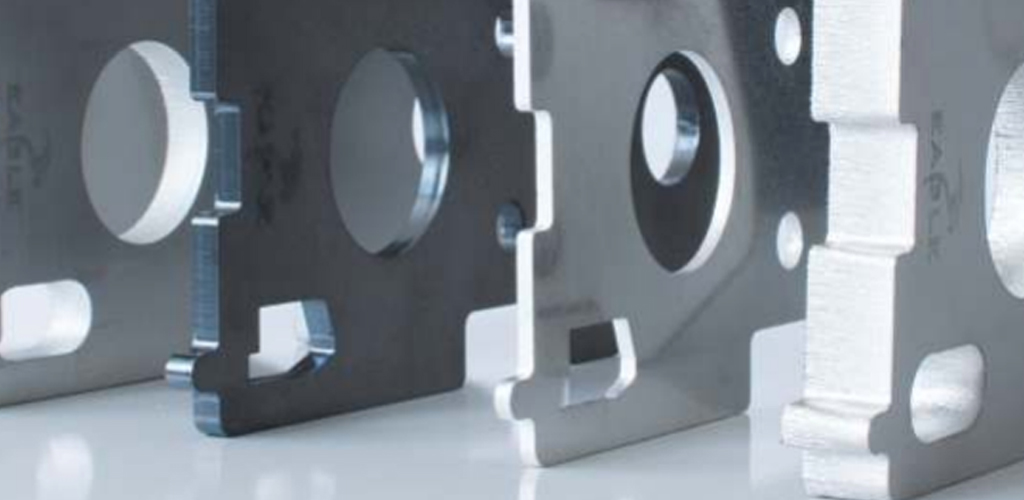
How well do fiber lasers perform when cutting thicker metal sheets?
As the metal fabrication industry evolves, fabricators are looking to advances in machinery to help them grow their businesses. Fiber lasers have been some of the fastest progressing equipment in the industry and continue to exceed expectations as manufacturers bring out innovation after innovation. Fiber lasers’ most impressive claim to fame is their reputation for cutting thin material with incredible speed and accuracy. Not to mention the ability to cut reflective materials better than any other technology, and of course, a lower operating cost than CO2 lasers prompting cheers for productivity across the board. But when it comes to thicker materials, can fiber lasers make the cut?
The thick of it: Metal Fiber lasers vs CO2
While fiber lasers are known for excelling at processing thin materials, there is a common misconception that they can’t also cut thicker materials. For materials ¼ inch and thicker, CO2 is still considered the reigning king. The good news is, with every new advancement in solid-state technology, fiber lasers are catching up. With its shorter wavelength and high beam quality, fiber lasers can cut thick sections at similar speeds to CO2 machines. When evaluated side-by-side, fiber lasers have been noted to cut materials 4mm or thicker at comparable levels to CO2 cutting speeds.
High-powered advancements accelerate fiber lasers’ ability to process thicker metal sheets
While fiber lasers were originally created and praised for processing thin sheets, the industry is seeing rapid advancement in the technology. New, high-powered lasers are coming into the market boasting the capacity to process heavier-gauge and plate materials. This includes Eagle’s Fiber Laser with a 12,000W IPG resonator. This powerful machine has the potential to cut 16 GA mild steel at a rate of 2600 IPM – a huge leap from the more common 6,000W machine, and a big step forward for fiber lasers taking over the thick material market. A 12KW Fiber can still cut ½” mild steel at 150 IPM.
New features take fiber to the next level
In addition to the introduction of higher-powered fiber lasers, new features are coming out to further enhance fiber lasers’ ability to cut thicker materials. Take Eagle’s CatLine, for instance. This proprietary combination of software and beam modulation helps improve cut speed and quality for thicker materials over a ¼ inch thick. Its special set of motion and parameter control algorithms modify the laser source, fiber-optic cable, cut program, and cutting head design for unprecedented cut quality on stainless and aluminum sheets, and quick burns on all sheets. Some of the benefits of CatLine include increasing thickness capacity by 20% without increasing power requirements, reducing burn times on thick sheets by 50% with high-quality cuts and improved accuracy. With technology like this, there’s no denying fiber lasers’ ability.
Manufacturers are racing to launch more features and equipment to put fiber at the forefront of fabrication for any type of metal, no matter the thickness. Right now, fiber lasers remain the kings of thin sheets and can handle thick materials with comparable speed and power to CO2. With such rapid innovations in the industry, there’s no telling how far they will go.

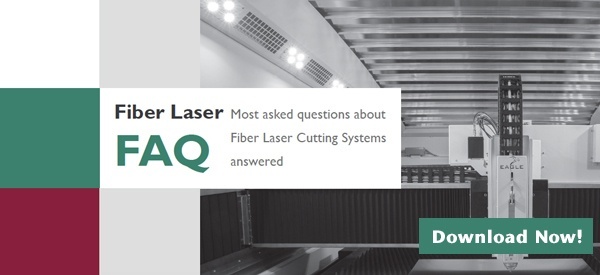

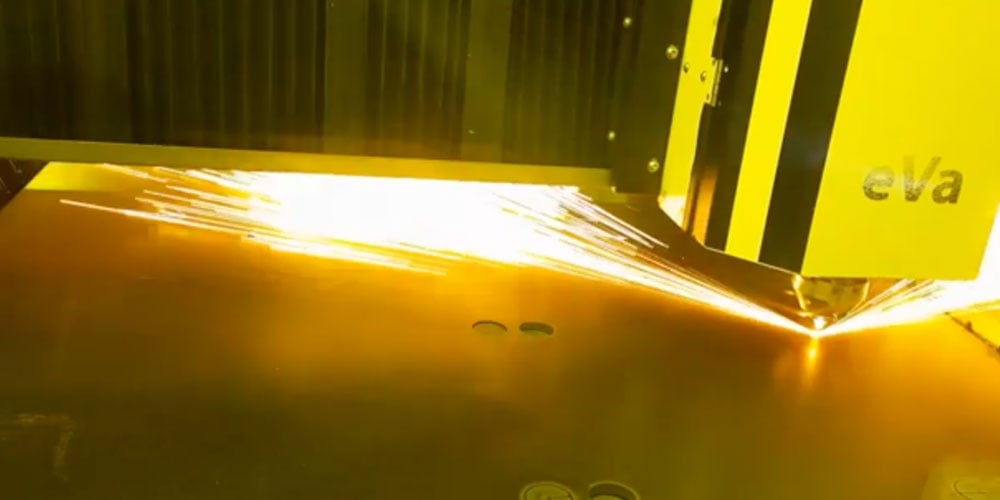
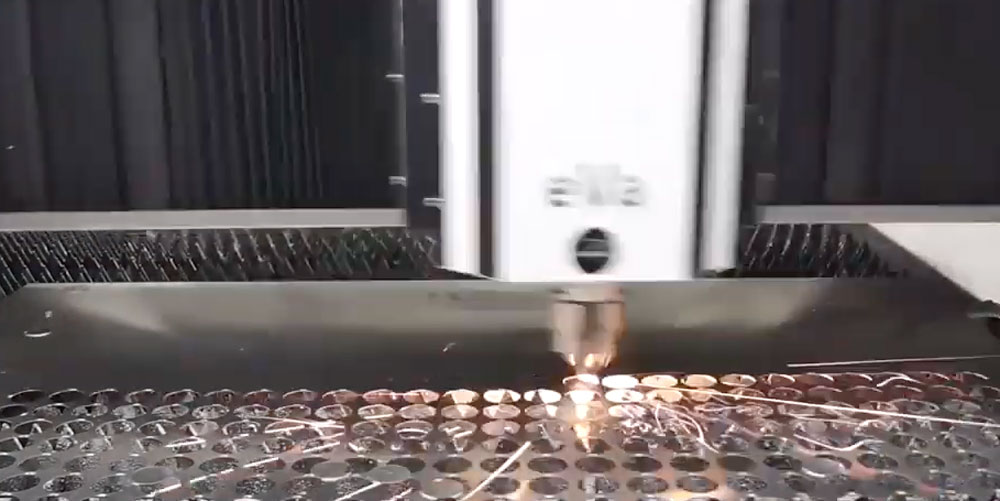
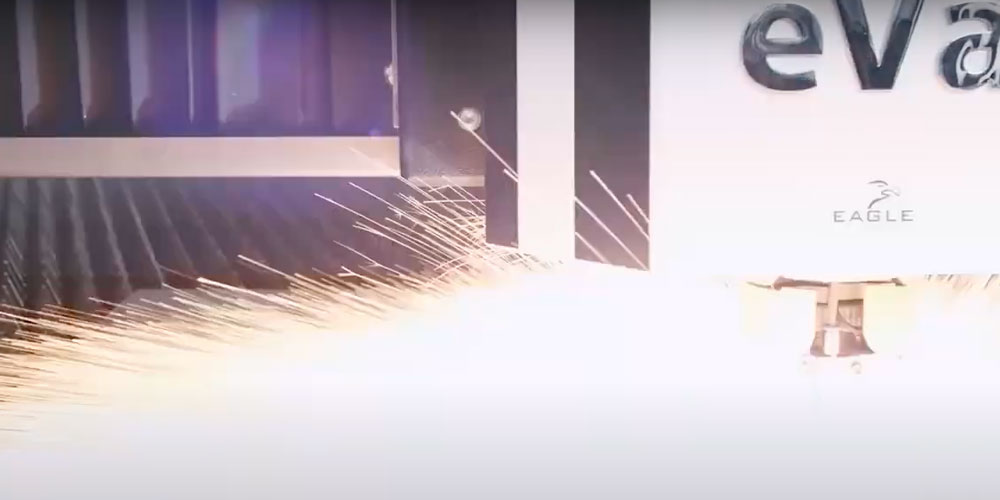
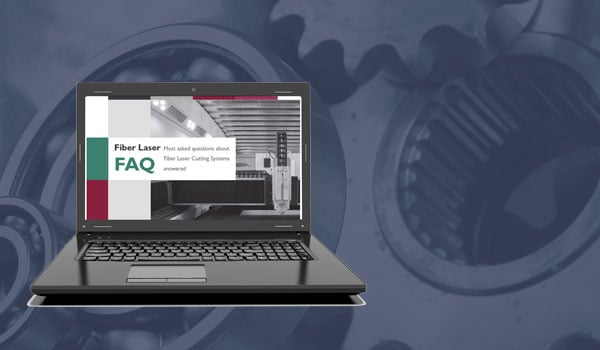
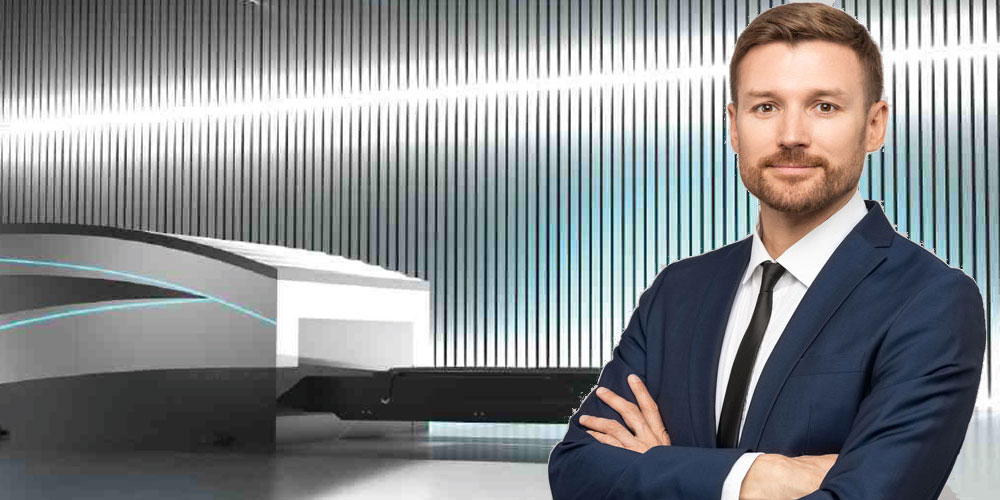

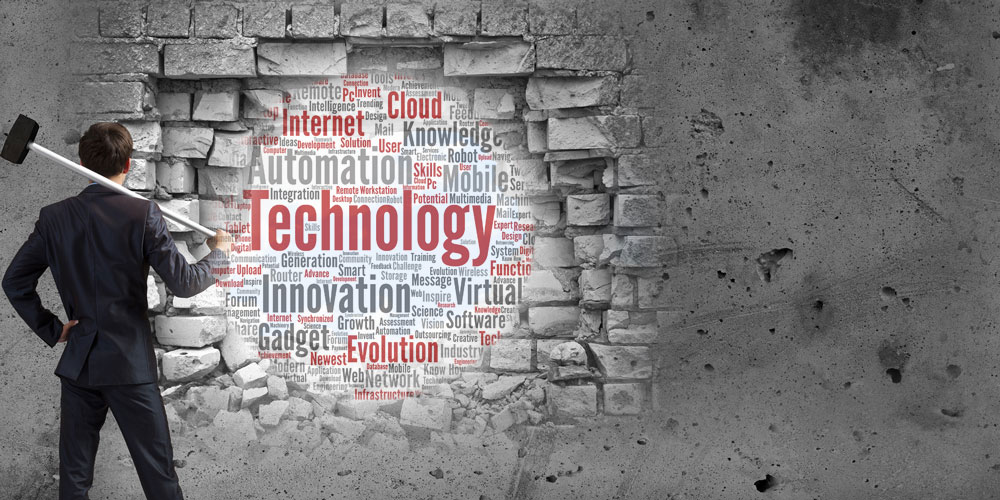



Comments
Add Comment